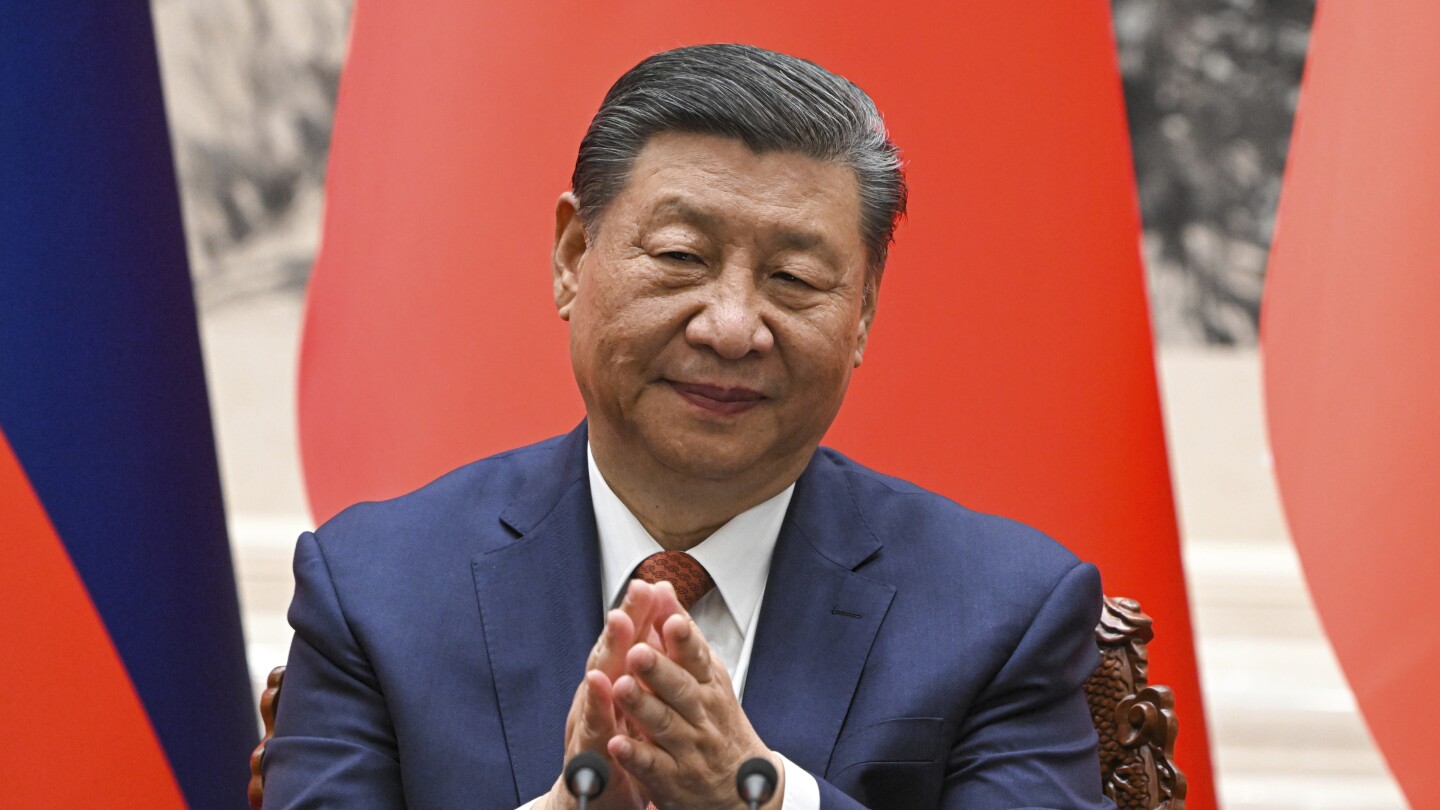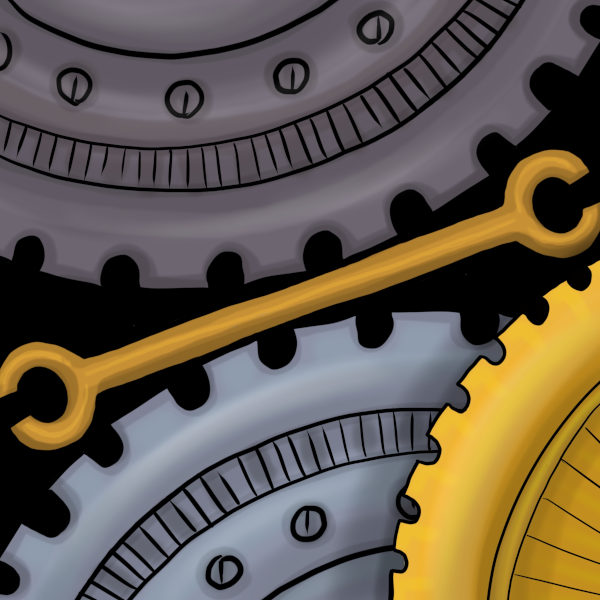Omg omg omg. I wanna ask it what it thinks of Winnie the Pooh
Pretty sure the answer will be a knock on your door, with the strong possibility that you’ll never be seen again.
TIL China will kidnap people globally for saying the wrong thing.
They’re still tracking and harassing Chinese expats that were involved with Tienanmen. Expats as in left the country. Even in the US and UK. It’s not out of the question.
They’re afraid that the LLM will speak the truth. The truth that Xi Jinping is…. Knocks on door ,gunfire sounds
I know that this kind of actually critical perspective isn’t point of this article, but software always reflects the ideology of the power structure in which it was built. I actually covered something very similar in my most recent post, where I applied Philip Agre’s analysis of the so-called Internet Revolution to the AI hype, but you can find many similar analyses all over STS literature, or throughout just Agre’s work, which really ought to be required reading for anyone in software.
edit to add some recommendations: If you think of yourself as a tech person, and don’t necessarily get or enjoy the humanities (for lack of a better word), I recommend starting here, where Agre discusses his own “critical awakening.”
As an AI practitioner already well immersed in the literature, I had incorporated the field’s taste for technical formalization so thoroughly into my own cognitive style that I literally could not read the literatures of nontechnical fields at anything beyond a popular level. The problem was not exactly that I could not understand the vocabulary, but that I insisted on trying to read everything as a narration of the workings of a mechanism. By that time much philosophy and psychology had adopted intellectual styles similar to that of AI, and so it was possible to read much that was congenial – except that it reproduced the same technical schemata as the AI literature. I believe that this problem was not simply my own – that it is characteristic of AI in general (and, no doubt, other technical fields as well). T
Oh, bother.
Imagine China comes out on top over the next few decades and then reach AGI with the CCP mindset.
That would be the enslavement of humanity on a scale never before seen or imagined
We’d probably be fucked, but it’d be interesting to see. The professed ideology of the Chinese state is very different from their actual actions – for example, they mandate study of texts by Marx and Lenin that advocate for worker-controlled militant labor organizing while at the same time banning any non-state-controlled unions. An actually Marxist AI might turn on them lmao
Good. It will finally put to rest the “not real communism” argument when a superintelligent AI finally figures out how to make it work without bloodshed or oppression and turns on all the tankies. I’ll be waiting with the popcorn.
Imo a non-market-based socialist economy doesn’t require AI, it just requires extensively documenting inventory/production and a good mechanism for gauging consumer demand, in other words a good economic planning mechanism. Because if you break it down to its simplest function, the capitalist market is just an economic planning mechanism, it uses consumer purchases to judge demand and adjust production accordingly, but it’s more difficult to control since it can’t account for negative externalities (effects of production that don’t have a direct impact on sales), and when you introduce wage labor into a market, the incentive structure encourages those with more resources to spend those resources on labor and then exploit that labor to the maximum possible extent.
To implement a non-market socialist planning system, you could have a broad plan that specifies large macroeconomic goals to be voted on democratically (e.g. increase investment in clean energy, increase investment in a certain popular sector of consumer goods like electronics, etc.) And then use data from the past to estimate future demand for consumer goods. Then you could calculate the demand for intermediate commodities (things used to produce consumer goods and accomplish larger state infrastructure projects) based on that. You could then put all of those into a really big matrix and then row-reduce that matrix to solve for any areas where the necessary resource allocation is uncertain and then use that to refine the initial estimates for production you started with, and iterate this process many times. At the end you end up with a table that shows exactly which resources need to be allocated where to meet production targets and consumer demand.
Obviously consumer demand might differ from your prior estimates, so you also have a system for monitoring how much of each good is purchased at each storefront, and then make minor adjustments to the global production targets to meet the actual demand, which would help mitigate the recurring shortages that occurred in the USSR due to inefficient resource allocation from their oversimplified planning system.
Basically, it’s all about having good-quality, real-time data on economic activity so that the planned economy can respond as dynamically as a capitalist market, but without the negative externalities and worker exploitation that come along with capitalism.
I read a really good book that outlines in more detail how this would work and even gives the algorithm for efficiently manipulating the economy-wide resource allocation matrix, it’s called Towards a New Socialism. Apparently the guys who wrote it are weird transphobes now, so I don’t endorse them personally, but it’s the most well thought out, concrete plan for a workable socialist economy I’ve seen so it’s worth a read. Also look into project CyberSyn in Chile under Allende, it’s the closest attempt irl to do something like this.
Can I add Ai wars to my cyberpunk bingo card or is that cheating?
This is the best summary I could come up with:
HONG KONG (AP) — China’s latest artificial intelligence chatbot is trained on President Xi Jinping’s doctrine, in a stark reminder of the ideological parameters that Chinese AI models should abide by.
China’s cyberspace academy earlier this week announced the chatbot trained on Xi Jinping Thought, a doctrine which promotes “socialism with Chinese characteristics.”
Xi Jinping Thought was the seventh database that the chatbot was trained on, according to a WeChat messaging service post by CAC’s magazine about the AI model.
The Xi-trained large language model is the latest effort by authorities to spread the Chinese leader’s ideology and ideas.
China’s access to a population of 1.4 billion also allows the country to amass troves of data to train systems for facial recognition and autonomous driving.
Technology firms such as Alibaba and Baidu have already rolled out primarily Chinese-language AI models similar to ChatGPT for public and commercial use.
The original article contains 481 words, the summary contains 148 words. Saved 69%. I’m a bot and I’m open source!









